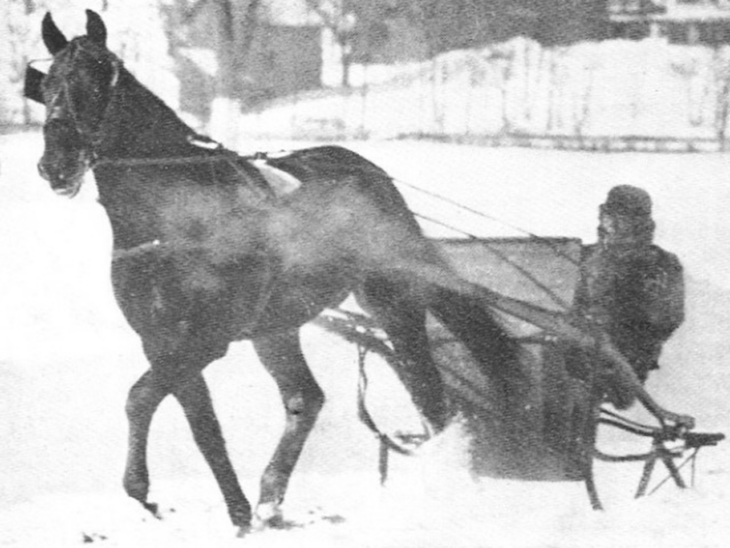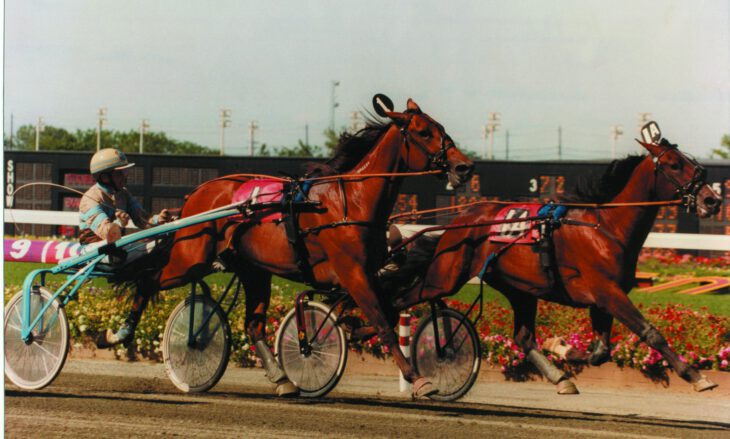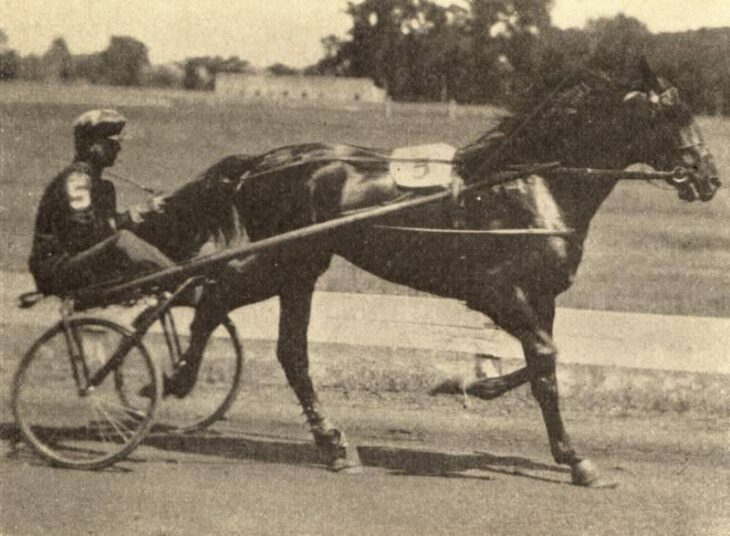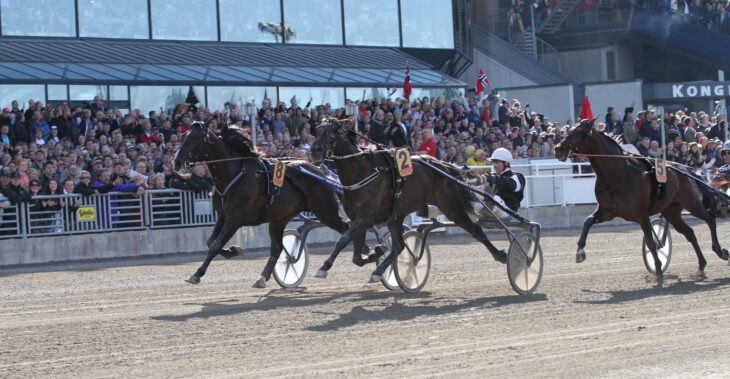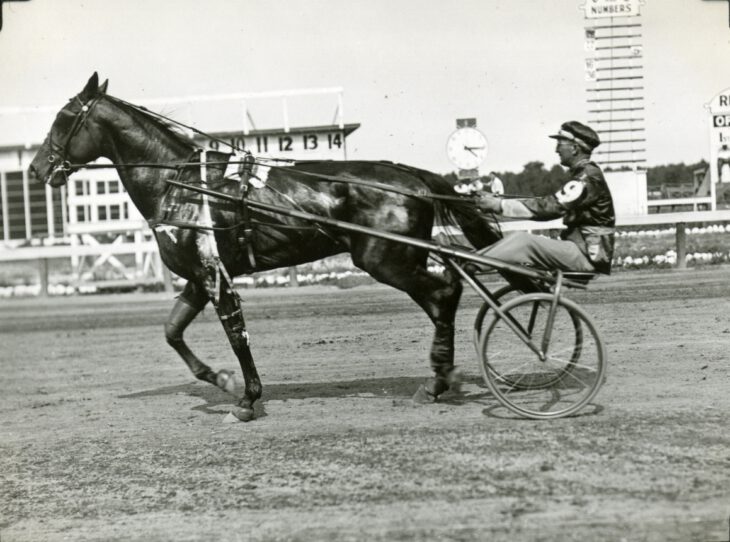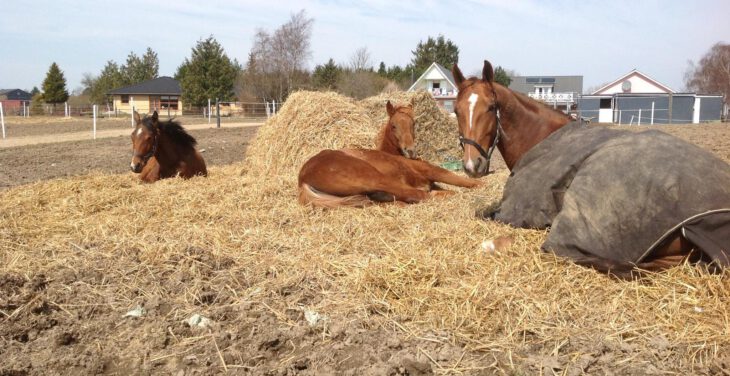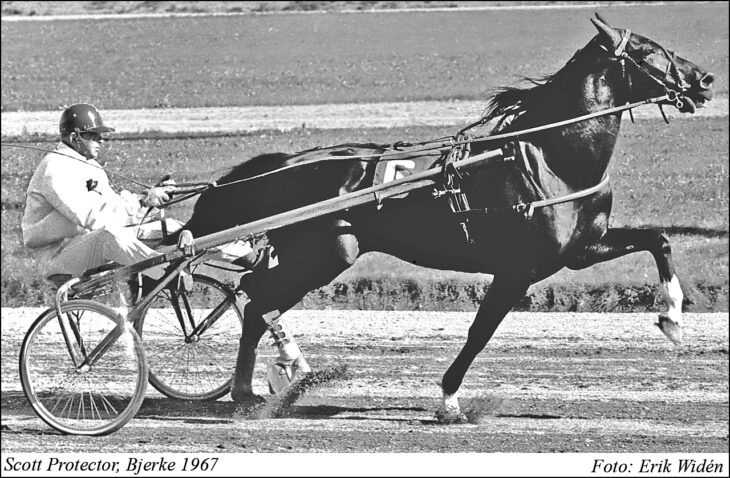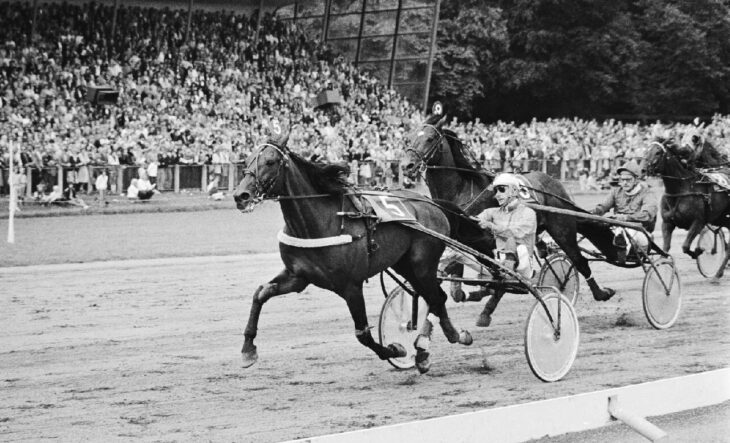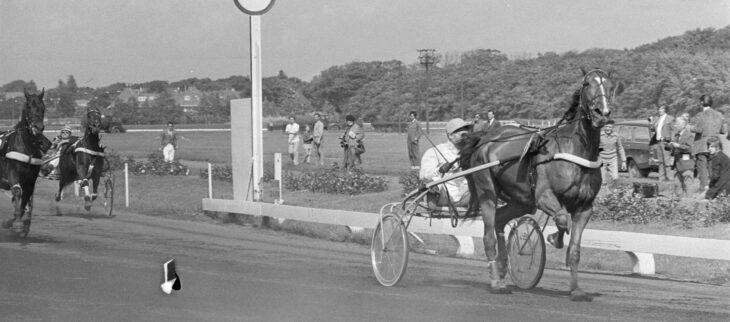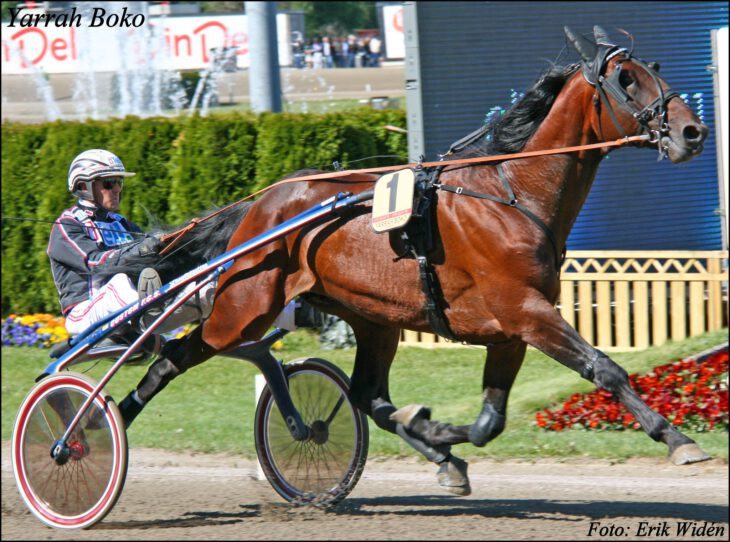He was talented but a contagious virus ruined his three-year-old season. Being sold to Europe got Bulwark’s career back on track but it was as a stallion he became truly legendary. Despite a relatively limited number of foals, the colt completely dominated the stallion ranks in his new home country.
Read MoreEuropean
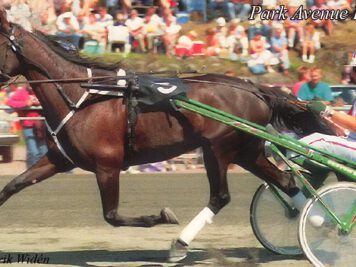
The queen’s terrible demise
She was a really good youngster in the US, winning the Hambletonian Oaks and Kentucky Futurity filly, and blossomed into one of...
Read More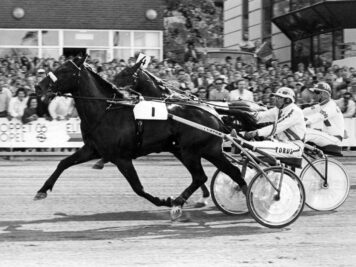
The king of Norway
Throughout history there have been a few select horses that have singlehandedly increased the interest in harness racing and...
Read More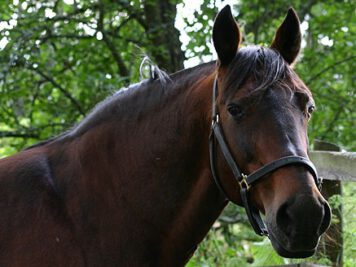
The mythical kick
When Juhani Lagerstam started the Laukko trotting stud farm at Vesilahti in Finland he needed a few stallions to use on his many...
Read More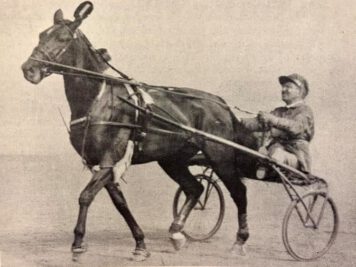
The wedding gift
He was designated as a wedding gift to circumvent export restrictions after WWII, then caused despair when he refused to train...
Read More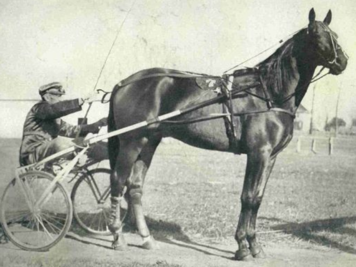
The secret daddy
The expression “Who’s your daddy?” is often used as a claim of dominance. In the case of the 1938 foals of Gäel, a champion...
Read More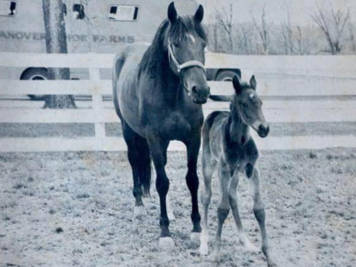
The stateless horse
You have horses with great pedigrees, then you have those really blue-blooded horses … and then there is Florestan. Despite being...
Read MoreHe was the unlikeliest of Hambletonian heroes. His breeder felt forced to buy his dam despite not wanting her, and also felt cheated when he first saw his new broodmare. His trainer cheered for another horse. His driver felt so sure he couldn’t win that he didn’t even invite his family. But in the 1992 Hambletonian final, Mickey McNichol and Alf Palema found the tiniest of openings to sprint to victory.
Read MoreThe New England-star was sold to Europe and impressed the French so much he was purchased by their national stud. Despite all the high hopes, though, Net Worth turned out to be highly average as a stallion. There was nothing average about his performances on the track, however, as illustrated by him humiliating the French elite at Vincennes when he was 11.
Read MoreSome horses just make everybody, their owners, trainer, driver as well as the racing fans, go through the full spectrum of emotions. Few horses have done this more so than the French tank, Rapide Lebel. The gelding would occasionally trot away like his opponents weren’t there and was simply unstoppable at his best. However, on occasion the trotting public got to see the nutty side of the star.
Read MoreHe was the talent that didn’t quite live up to his pedigree and the expectations. Sold to Europe, Brother Hanover produced tremendously well at stud in both the Netherlands and Germany and was an active stallion until his 30s.
Read MoreHe was an incredibly talented but with a challenging temper and extremely unlucky with injuries. Hailing from an exceptionally strong family, the gelding Västerbo Prestige turned out to be an exceptional stallion who unfortunately had a very limited number of foals.
Read MoreHe was one of Norway and Scandinavia’s best trotters for years and hailed from an exceptional group of siblings that included several elite trotters. Though described as “the most intelligent trotter I have ever dealt with”, Scott Protector could be grouchy and a handful at times. Regardless, he was an excellent trotter – and when that wasn’t enough, his trainer employed team tactics against the opposition.
Read MoreThey bought the injured colt and brought him to Europe for stallion duty. But when Pershing healed he looked so good it was decided to race him, a decision that necessitates his owner to have to buy him again. But shelling out again for the excellent trotter who set three world records was an easy decision for his Swedish owner.
Read MoreIt wasn’t just a win, it was humilating demonstration of supremacy. It was unthinkable really, that an – in North America – unknown French mare could not only defeat, but humiliate the trotter that according to the US fans was undoubtedly the best trotter in the world. However, Une de Mai at her best was nothing short of spectacular. The French queen could be fickle, however, and also lacked luck at times. This caused her to be the only French queen without a crown.
Read MoreIt’s almost like the story of the ugly ducking. When Jan-Erik Andresen bid on the colt as a yearling, he thought his future star looked more like a moose. Though the big, burly colt was never a swan, eventually Yarrah Boko grew into one of the best long-distance trotters in Europe.
Read More
